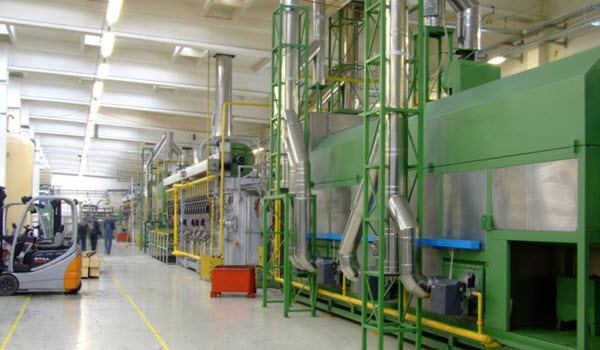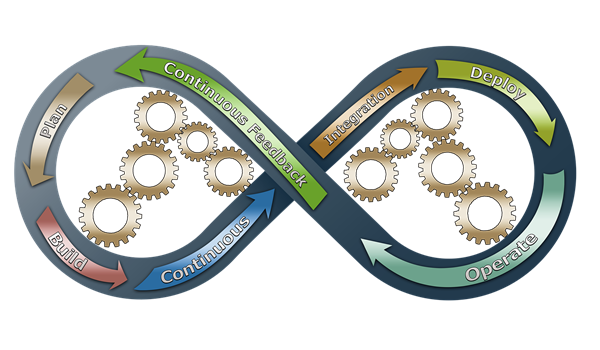It has become obvious that in the industrial sector, the quality of a product is linked to the quality process and organization of the company that manufactures it as well as its costs.
By acting on the processes, it is quite possible to improve product quality and to save money. Methods of production organization and stock management make it possible to obtain this kind of optimization when they are implemented in an appropriate way.
Here are some examples of those principles and organizational processes !

Do not give in to the temptation of over-quality
It is clear that the company organization must be quality-oriented, but it risks its system become counterproductive if it is “too much”.
In the industry, over-quality is, in fact, the enemy of quality, because it generates additional costs. The challenge is to achieve products that meet customers’ expectations; not to be below of course, but do not try to reach much higher levels of quality.
Not only does this not correspond to the initial need, but in addition, this outbidding calls for disproportionate means both in terms of treatments and controls. This inevitably gives rise to an increase in the cost of production.
Strive for just-in-time production
The stock management and outstandings is also the focus of the Kanban method, which relies on “just-in-time” processing by label. This Japanese-origin method aims to improve supply management by applying a just-in-time production system.
In other words, only what is ordered by the customer is produced. Through an organization operating through the use of labels, the Kanban method does not require a complex or expensive implementation, but the company that uses it must be able to count on both a production team and reliable suppliers. It also makes it possible to significantly reduce production and storage costs, reduce manufacturing and delivery times, and improve order tracking.
From the moment when the production chain is only launched when there is an effective control (pull flow management). Therefore it is possible to measure all the advantages that such a system can provide in terms of efficiency and quality.
Act on all fronts
The approach to reduce production costs by improving quality implies a vision that goes beyond the mere scope of the production activity itself. All stages of the product life cycle until its acquisition by the customer are to be studied closely and readjusted if necessary.
This concerns even the steps that precede the order and the actual production. It is a matter of trying to understand the specific needs of the customer so that the product that will be proposed conforms to it. Next, production must be organized in such a way as to reduce the time between ordering and delivery (which is consistent with the principle of just-in-time flow mentioned above) and resolving defects and problems as soon as possible and providing the necessary types of maintenance.

The right work instruction to do right
The involvement of operators in the search for continuous improvement is also to be encouraged to contribute to the optimization of quality. Giving the operator the right work instruction at the right time on the right format contributes to all of this : do right on the first time, collect data, send alerts etc..
Here we find the main principles of Lean Management in industry, which therefore contribute to the reduction of production costs by quality.
You are interested by digitizing your work instructions ? Call us today for a demonstration.




Leave A Comment